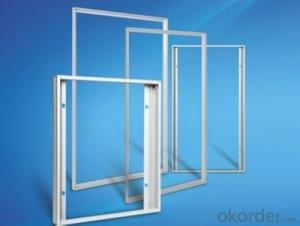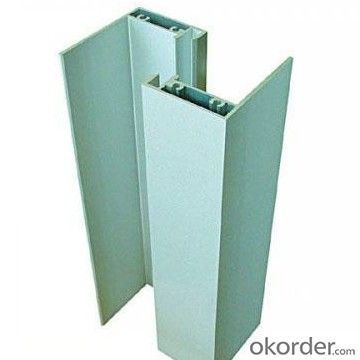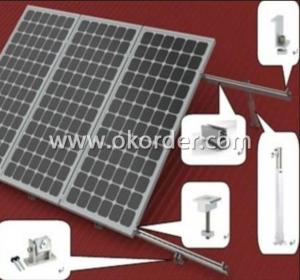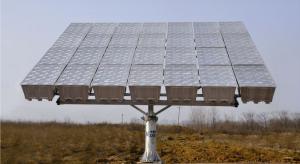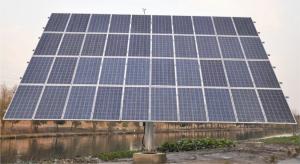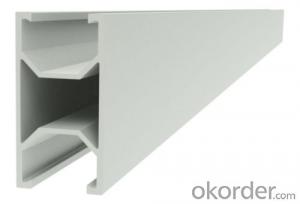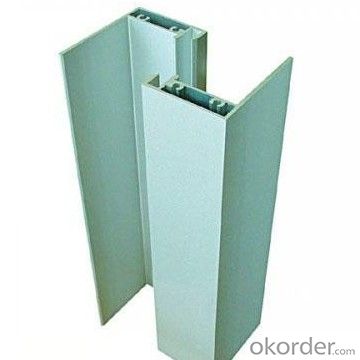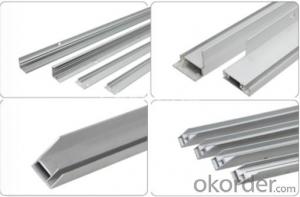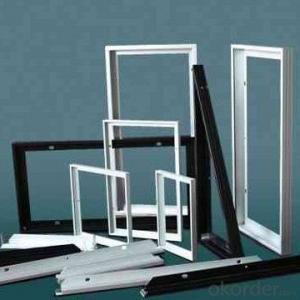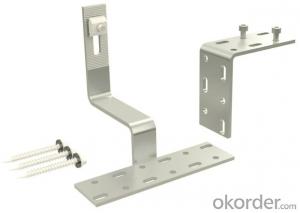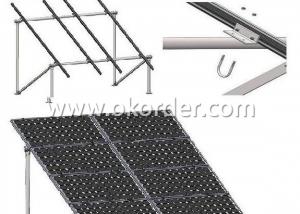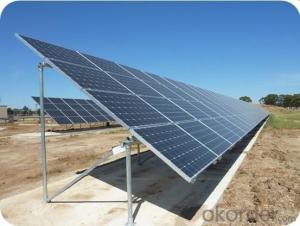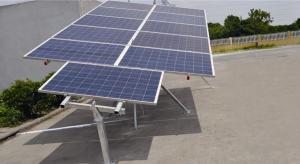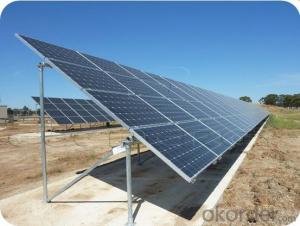Solar Mounting Systems South Africa - Solar Aluminum Alloy Frame 1956*992*40*35mm
- Loading Port:
- China Main Port
- Payment Terms:
- TT or LC
- Min Order Qty:
- -
- Supply Capability:
- -
OKorder Service Pledge
OKorder Financial Service
You Might Also Like
Introduction: AluminumFrame for PV Modules Certificate:2008 quality management system certification Material:Aluminum alloy 6063 T5 Surfacetreatment: electrophoresis, powder coating, PVDF and more Special features: 1.HighQuality, strictly quality inspection during production and wholeinspection before package. 2.Hundredsof Standard Designs can be available and supplied. 3.Goodperformance, product Warranty for 25 years. 4.Deepprocessing: fine saw cutting, drill, broaching, punching, polishing, sandblasting 5.Pure 99.7% aluminum materials without any scrap used; Images:
Technical Characteristics
FAQ
Q:How to guarantee the quality of the products? A:We have established the international advanced quality management system,every link from raw material to final product we have strict quality test;We resolutely put an end to unqualified products flowing into the market. At the same time, we will provide necessary follow-up service assurance.
Q:Can we visit your factory? A:Surely, I will arrange the trip basing on your business schedule.
Q:Which payment terms can you accept? A:T/T,L/C,Moneygram,Paypal are available for us.
Q:Can you help us install the module if we cooperate with you? A:Yes,we are planning enter into installation sector.
Q:Can you do OEM for us? A:Yes, we can.
| ||||||||||||||||||||||||||||||||||||||||||||||||||||||||||||||||||||||||||||||||||||||||||||||
- Q: Are there any specific requirements for seismic bracing when using a solar mounting system in seismic areas?
- Yes, there are specific requirements for seismic bracing when using a solar mounting system in seismic areas. These requirements vary depending on the local building codes and regulations, but generally, seismic bracing is necessary to ensure the structural integrity and stability of the solar array during earthquakes. The specific requirements may include factors such as the location of the seismic area, the magnitude of potential earthquakes, the type of soil, and the weight and configuration of the solar mounting system. It is important to consult with a qualified structural engineer or local authorities to determine and meet the specific seismic bracing requirements for a solar installation in seismic areas.
- Q: Are there any specific requirements for installing solar mounting systems in areas with high winds?
- Yes, there are specific requirements for installing solar mounting systems in areas with high winds. These requirements typically include using robust and durable materials for the mounting system, such as stainless steel or aluminum, to ensure they can withstand strong winds. Additionally, the mounting system should be designed and installed to withstand the maximum expected wind speeds in the area, which may involve reinforcing the structure or using additional anchoring methods. Regular maintenance and inspections are also necessary to ensure the system remains secure and intact during high winds.
- Q: Can a solar mounting system be used with both silicon and thin-film solar panels?
- Yes, a solar mounting system can be used with both silicon and thin-film solar panels. The mounting system is designed to be versatile and adaptable to different types of solar panels, ensuring secure installation and optimal performance for both silicon and thin-film technologies.
- Q: What is the difference between a fixed tilt and a tracking solar mounting system?
- A fixed tilt solar mounting system is stationary and immobile, with solar panels set at a fixed angle that is optimized for the specific location's latitude. On the other hand, a tracking solar mounting system allows the solar panels to move and follow the sun's path throughout the day, maximizing the amount of sunlight captured. This tracking system can be either single-axis, which moves the panels in one direction (usually east-west), or dual-axis, which adjusts the panel's tilt and direction to track the sun's movement more precisely. Overall, tracking systems tend to generate more electricity but are also more complex and costly to install and maintain compared to fixed tilt systems.
- Q: What is the expected efficiency of a solar mounting system?
- The expected efficiency of a solar mounting system can vary depending on various factors such as the type of solar panels used, the orientation and tilt of the panels, the location and amount of sunlight received, and the overall design and quality of the mounting system. However, a well-designed and properly installed solar mounting system can typically achieve an efficiency range of 75% to 95%.
- Q: Can a solar mounting system be installed on a rooftop with a dome roof?
- Yes, a solar mounting system can be installed on a rooftop with a dome roof. However, the installation process may require some modifications to accommodate the curvature of the roof. It is important to consult with a professional solar installer to ensure that the mounting system is properly designed and installed for optimum performance and safety.
- Q: Can a solar mounting system be installed on a rooftop with a standing seam roof?
- Yes, a solar mounting system can be installed on a rooftop with a standing seam roof. Standing seam roofs provide a suitable surface for the installation of solar panels, as they offer a secure and stable base for mounting brackets and rails. However, it is important to consult with a professional solar installer to ensure that the mounting system is compatible with the specific type of standing seam roof and to ensure proper installation techniques are followed to maintain the integrity of the roof.
- Q: Are there any specific requirements for the solar panels to be used with a solar mounting system?
- Yes, there are specific requirements for the solar panels to be used with a solar mounting system. The solar panels need to be compatible with the mounting system in terms of size, weight, and design. They should have appropriate mounting holes or brackets that align with the mounting system. Additionally, the panels should have the necessary electrical specifications that are compatible with the system, such as voltage and current ratings.
- Q: Can solar mounting systems be integrated with existing roofing systems?
- Yes, solar mounting systems can be integrated with existing roofing systems. These mounting systems are designed to be compatible with different types of roofs, such as asphalt shingle, metal, tile, or flat roofs. By using various mounting techniques and components, solar panels can be securely attached to the roof without compromising its integrity or causing any damage. This allows for the seamless integration of solar energy systems into existing roofing structures.
- Q: Are there any government regulations or permits required for installing a solar mounting system?
- Yes, there are typically government regulations and permits required for installing a solar mounting system. The specific regulations and permit requirements can vary depending on the location and jurisdiction. It is important to consult with local authorities, such as building departments or energy agencies, to ensure compliance with all necessary regulations and obtain the required permits before installing a solar mounting system.
Send your message to us
Solar Mounting Systems South Africa - Solar Aluminum Alloy Frame 1956*992*40*35mm
- Loading Port:
- China Main Port
- Payment Terms:
- TT or LC
- Min Order Qty:
- -
- Supply Capability:
- -
OKorder Service Pledge
OKorder Financial Service
Similar products
Hot products
Hot Searches
Related keywords
